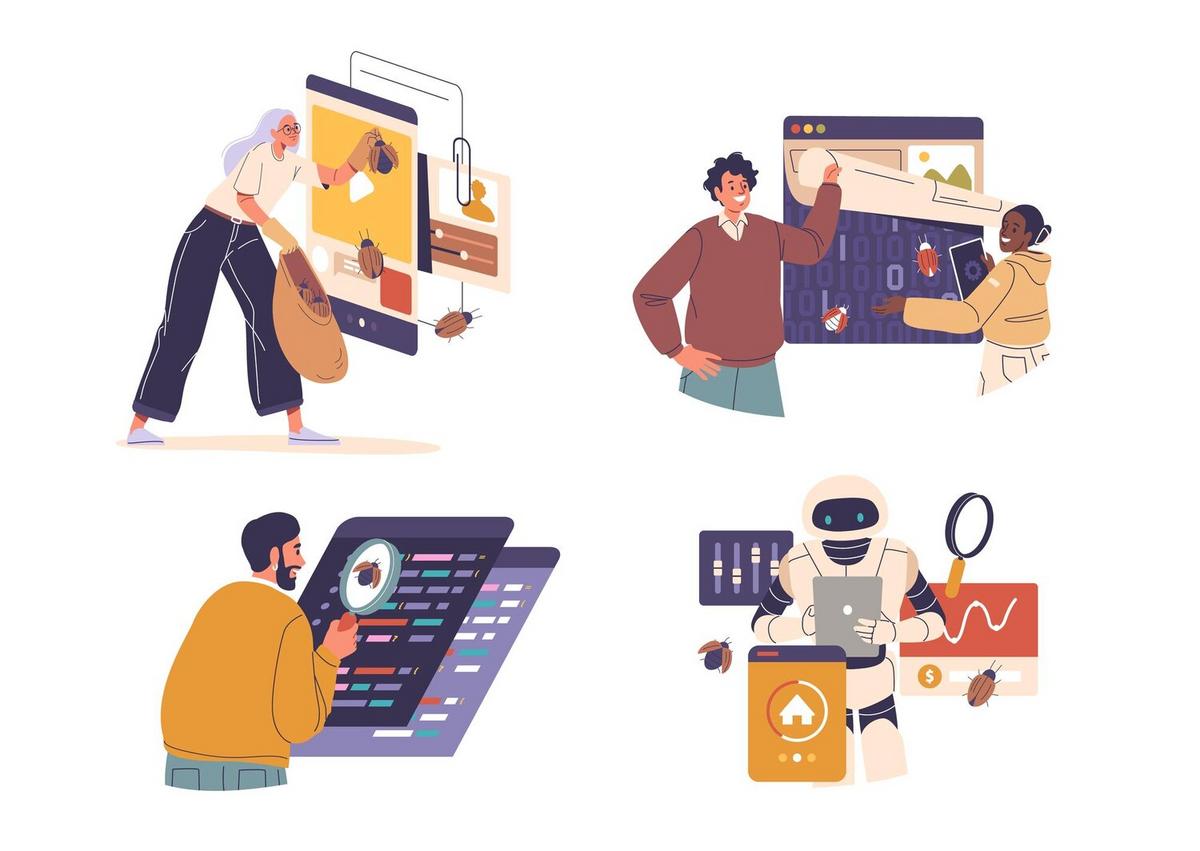
Machine Learning Models: From Theory to Practical Applications
Machine learning models have become integral to our modern technological landscape, transforming theory into practical applications that shape industries and drive innovation. This article delves into the intricacies of machine learning, exploring how these models transition from conceptual frameworks to real-world solutions.
Machine learning (ML) has evolved from a niche academic subject into a cornerstone of technological advancement. It empowers computers to learn from data, making predictions or decisions without being explicitly programmed. This remarkable capability has wide-ranging implications across various sectors.
Understanding Machine Learning Models
At its core, a machine learning model is a mathematical representation of a real-world process. These models leverage algorithms to identify patterns within large datasets, enabling informed predictions or classifications. According to Andrew Ng, a prominent figure in AI, ‘Machine learning is the science of getting computers to act without being explicitly programmed.’
Types of Machine Learning Models
- Supervised Learning: Involves training a model on a labeled dataset. It’s akin to teaching a child with examples. Common applications include spam detection and image recognition.
- Unsupervised Learning: Here, the model works with unlabeled data, discovering hidden patterns or intrinsic structures. Clustering customer data for marketing strategies is a popular use case.
- Reinforcement Learning: Models learn by interacting with their environment and receiving feedback. This approach is widely used in robotics and game development.
From Theory to Practice
The transition from theoretical understanding to practical application involves several steps. According to a study by McKinsey, companies that leverage AI-driven applications are 23% more likely to outperform their peers.
Key Steps in Developing ML Models
- Data Collection: High-quality data is essential. This includes gathering, cleaning, and preparing data for analysis.
- Model Selection: Choosing the right algorithm based on the problem and data characteristics is crucial.
- Training and Testing: Dividing data into training and testing sets ensures the model’s accuracy and reliability.
- Deployment: Implementing the model in a real-world environment to see how it performs in live scenarios.
| Algorithm Type | Use Cases | Key Characteristics |
|---|---|---|
| Linear Regression | Predictive Analysis | Simple, interpretable |
| Decision Trees | Classification Tasks | Visual, easy to understand |
| Support Vector Machines | Classification, Regression | Effective in high-dimensional spaces |
| Neural Networks | Image and Speech Recognition | Complex, powerful |
| K-means Clustering | Market Segmentation | Unsupervised, finds patterns |
| Random Forests | Predictive Modeling | Robust, handles overfitting |
| Gradient Boosting | Ranking, Classification | High accuracy, slower to train |
| Reinforcement Learning | Robotics | Adaptive, learns by experience |
Pro Tip
Start small with machine learning projects. Experiment with open-source datasets and gradually scale up as you gain confidence and expertise.
Real-World Applications
Machine learning has penetrated various fields, from healthcare to finance. For instance, in healthcare, ML models assist in diagnosing diseases by analyzing medical images. In finance, they help in fraud detection by identifying unusual patterns in transactions.
Case Study: Autonomous Vehicles
One compelling example of ML’s practical application is in autonomous vehicles. These vehicles rely on a combination of sensors and ML algorithms to navigate roads and make real-time decisions.
Frequently Asked Questions
What is the role of data in machine learning?
Data is the foundation of machine learning. It is used to train models, allowing them to learn and make predictions.
Are machine learning models always accurate?
No, the accuracy of a model depends on the quality of the data and the appropriateness of the algorithm used.
How do businesses benefit from machine learning?
Businesses leverage machine learning to enhance decision-making, improve customer experiences, and optimize operations.
In conclusion, machine learning models bridge the gap between theoretical constructs and practical solutions. By understanding their development and application, industries can harness their potential to innovate and solve complex problems. Whether you’re a business leader or a tech enthusiast, exploring machine learning’s possibilities is a step towards unlocking future opportunities.